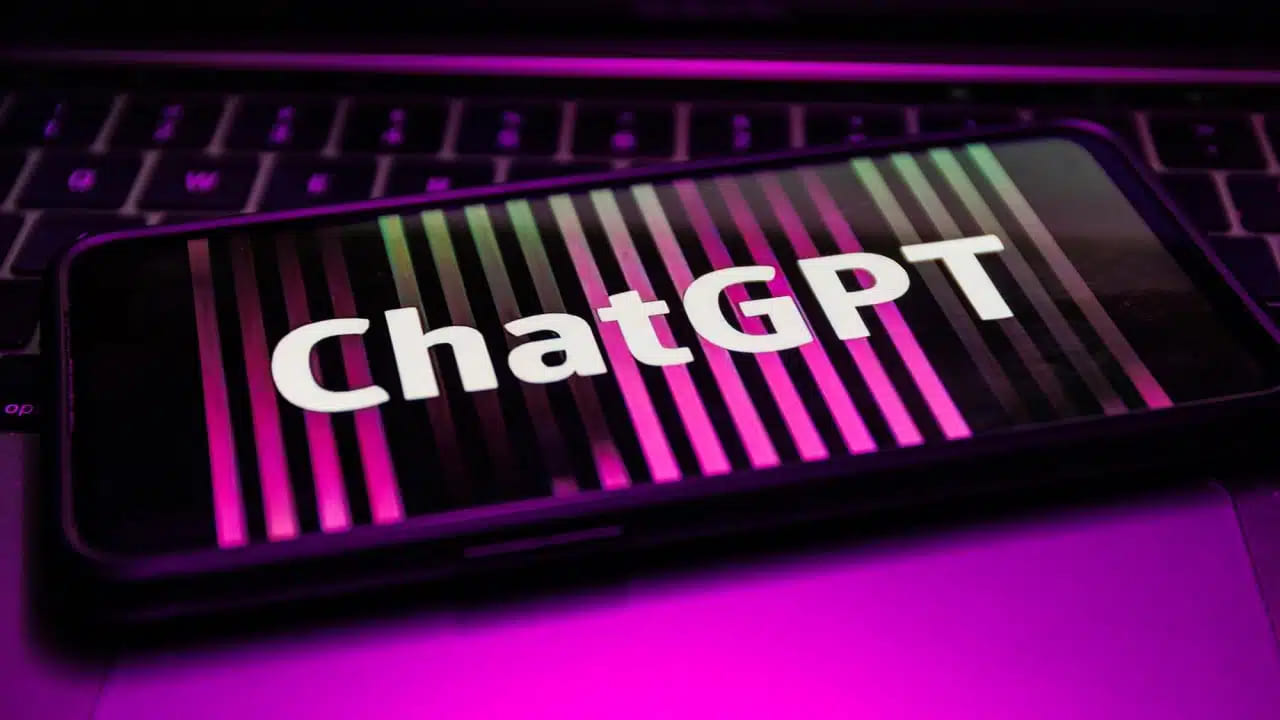We welcome every new arrival of generative artificial intelligence with a certain degree of enthusiasm, aware of some concepts that serve as compasses.
The first is that we are only in the infancy of this new and potentially revolutionary technology. The second is that every new tool or version of existing software put on the market will amaze us for who knows how long, making us both elated and fearful. But, the third concept that derives from the first two, at least we who are in some way in the profession should always remember that there is no instrument generated by the human being that can turn against him, unless the human being himself makes it a improper or senseless use.
This premise is to say that, a few weeks after the announcement of the launch of a ChatGPT for companies, the new version of the software – renamed ChatGPT Vision by users – has also arrived in Italy.
Let’s find out what it is, who can use it and what fears it brings with it.

ChatGPT Vision
The new features of ChatGPT, presented on the official OpenAI website on Monday 25 September, are now landing in Italy.
The title of the post reads: “ChatGPT can now see, hear, and speak”. And for this reason the new version is confidentially called ChatGPT Vision.
The post promises that the new features involving voice and images “will be rolling out in the next two weeks” for both iOS and Android.
And now ChatGPT Vision has arrived in Italy.
Who can access ChatGPT Vision
In our country ChatGPT Vision is only available to users who are already subscribers to ChatGPT Plusi.e. the paid formula which – at a cost of 20 dollars a month – guarantees navigation with more features and even quicker response times.
To date, however, it seems that the new features have only been implemented for the desktop version of the software, and not for the app.
The functionalities
The new and most surprising feature of ChatGPT is certainly that of “reading” reality by seeing itif I may say so.
In concrete terms: if we photograph a certain object and ask the software for a description, it is able to provide it. By circling a detail, the AI focuses only on that.
Colleagues from other publications have already carried out several tests, and in some cases have pointed out in a somewhat flirtatious way that ChatGPT Vision is not free from errors.
But we don’t seem to be in a different context here than that of the “traditional” version. And it is not difficult to imagine that over time the searches will become more refined and the error percentage will decrease. Face recognition is a different matter, to which we will return.
The other new features are the possibility of asking ChatGPT a question by saying it verbally, and – conversely – that of receiving a vocal response.
The possibilities of use
It is intuitive that the possibilities of using ChatGPT Vision are truly broad.
Every object, monument and anything else (from a graph to a document in an ancient language or encrypted) can be explored in its origins, its meaning, its functions and curiosities. With a golden rule which, we imagine, will never cease to apply to generative AI: it is necessary never to completely trust the answers received, but to verify by cross-referencing the descriptions of the software with others found elsewhere.
ChatGPT Vision e la privacy
ChatGPT Vision does not offer descriptions of human faces, evidently to protect privacy. Likewise, this version does not detail explicit sexual scenes. Although some journalists have already found ways to circumvent the software’s self-censorship.
Here too, we imagine that over time the levels of protection in this sense will rise.
However, concern for confidentiality is always legitimateand the more the new capabilities of generative AI continue to increase and refine, the more the introduction of legislation is desirable clear and unambiguous.
The thought also goes to the fact that ChatGPT Vision could become an increasingly intrusive company. Just think, for example, that in one of the test videos found online the software even tells a bedtime story.
Therefore, so that AI can be our valid ally in the near future, but so as not to risk it pervading our existence, in addition to legislation, we need to pay attention to another, fundamental aspect: user literacy.















Leave a Reply
View Comments